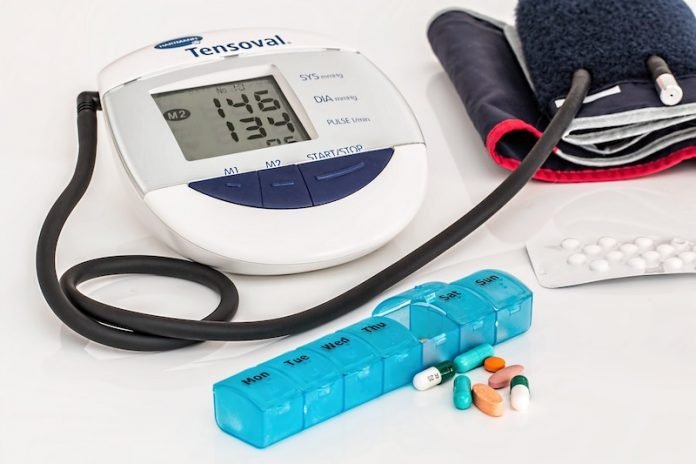
In a new study, researchers found geographic region is the strongest factor related to intensive statin use after a heart attack.
This means large statin treatment disparities across the U.S.
The research was conducted by a team from the University of Alabama at Birmingham.
Previous research has shown regional variation in health care and health outcomes of heart disease across the U.S.
In the study, the team wanted to see variations in statin use by geographic region.
Their question was “what drives variation in high-intensity statin use after heart attacks among older adults?”
They used Medicare and enrollment data to evaluate fee-for-service Medicare beneficiaries 66 years or older who were hospitalized for a heart attack, with a statin prescription claim within 30 days of discharge.
They found that high-intensity statin usage after heart attacks varied widely by region, with the greatest use in New England and the lowest use in the South.
The effect existed even after they accounted for a large number of academic hospitals—which tend to prescribe more high-intensity statins—in the Northeast.
Because high-intensity statins after a heart attack improve prognosis and decrease recurrent heart attacks, disparities in filling the high-intensity statins are likely to lead to disparities in health outcomes.
There may be more heart attacks and more hospitalizations—for those who did not fill a prescription for high-intensity statins.
The team believes each physician, each hospital and each patient with a heart attack—and their families—should try to improve the situation.
Future research needs to determine why these regional disparities exist.
The lead author of the study is UAB Professor of Medicine Vera Bittner, M.D.
The study is published in JAMA Cardiology.
Copyright © 2019 Knowridge Science Report. All rights reserved.



